RESEARCH
Our group promotes experimental astroparticle physics through the following large-scale international collaborations and small-scale (small-group) research. If you would like to know more about our research, please contact reseach staff in our group.
International collaboration
 Super-Kamiokande/T2K
Super-Kamiokande/T2K 
We are conducting data analysis of experimental data accumulated by the Super-Kamiokande detector, which is operating in Hida, Gifu Prefecture, Japan. In particular, we are promoting the following research topics.
- Solar neutrino
- Neutrino associated with astronomical phenomenon
(Multi-messenger astronomy, Supernova, Solar flare) - Cosmic-ray muons
- Searches for new physics beyond the standard model of particle physics
- Detector calibration and development of simulation
Through the observation of elementary particles (neutrinos and muons), we conduct research to reveal the history, evolution, and structure formation of the universe; the acceleration mechanism of cosmic rays; and motion inside planets, which is difficult to investigate optically. We are also promoting T2K experiments using artificial neutrino beams generated at J-PARC in Tokai-mura, Ibaraki Prefecture.
 Hyper-Kamiokande/T2HK
Hyper-Kamiokande/T2HK
We are conducting research related to the Hyper-Kamiokande detector, which is scheduled for observational operation starting in 2028. Once the operation begins, we plan to further develop the research topics that were explored using the Super-Kamiokande detector.
In addition, research related to the preparation and construction of the IWCD, which will be one of the detectors for the T2HK experiment, is being carried out in cooperation with researchers at external institutes.
 COMET experiment
COMET experiment
The COMET experiment is an experiment searching for the muon-electron (μ-e) conversion process, which is a charged lepton flavor non-conserving process, with the world's highest sensitivity. The discovery of such non-conserving process would suggest the existence of physics beyond the Standard Model of elementary particle physics.
We are conducting research for the COMET experiment's Phase-I, including the construction of detector components, software development, and background event estimation, and so on.
Small-scale avctivities
▲ Ultra-low radioactivity assay
Detectors for neutrino observation and dark matter searches detect background events induced by radioactive impurities in overlap with the real signals of interaction. In particular, radioactive contamination is a major background events in such detectors operated in underground environments. The following basic research is being conducted in our group.
- Analysis of radioactive impurities in the medium that is the target of the physical interaction of the detector
- Analysis of radioactive impurities in detector components
- Selection of materials for removal (adsorption) of radioactive impurities during purification process
▶ Grant-in-Aid for Transformative Research Areas (A) 「Investigation on the Origin and Evolution of Matter in the Universe by Extremely Rare Events」
▶ alpha-ray imaging chamber (AICHAM)
▲ Detector development for future astrophysics experiments

We are developing small-scale detectors for neutrino observation with new detection technique and for new physics searches beyond the Standard Model of elementary particles. In particular, we are promoting research for future neutrino observations and dark matter searches with researchers from external research institutes.
- Future solar neutrino and dark matter searches using fluorine
- Development of new detector for low radioactivity measurement
- Future neutrino-less double beta decay searches using Zirconium (ZICOS)
- Future dark matter searches using ZnWO4 crystal
- Development of a portable detector for cosmic-ray muon observation (OSECHI)
▲ Numerical simulation development
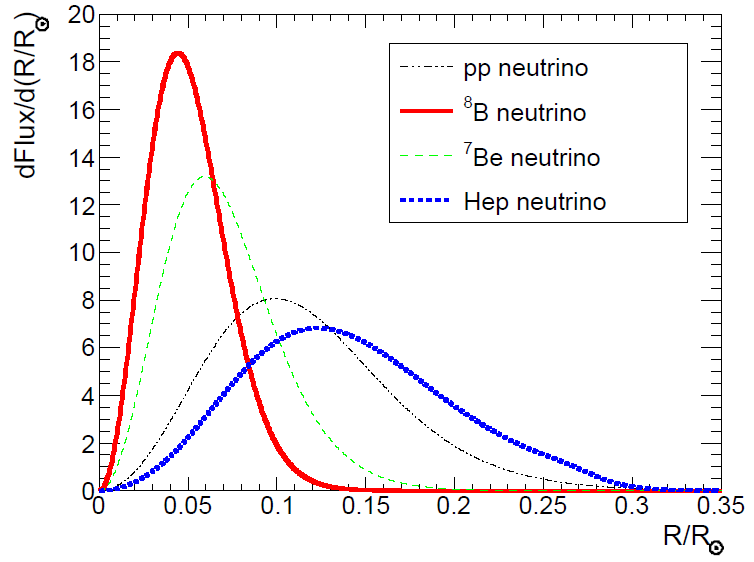
For future solar and atmospheric neutrino observations, it will be essential not only to observe neutrinos with large detectors but also to develop simulations with high prediction capability. We are developing the following simulations in cooperation with researchers at external research institutes.
- Solar model construction and solar neutrino prediction
- Atmospheric neutrinos, cosmic ray muon flux model